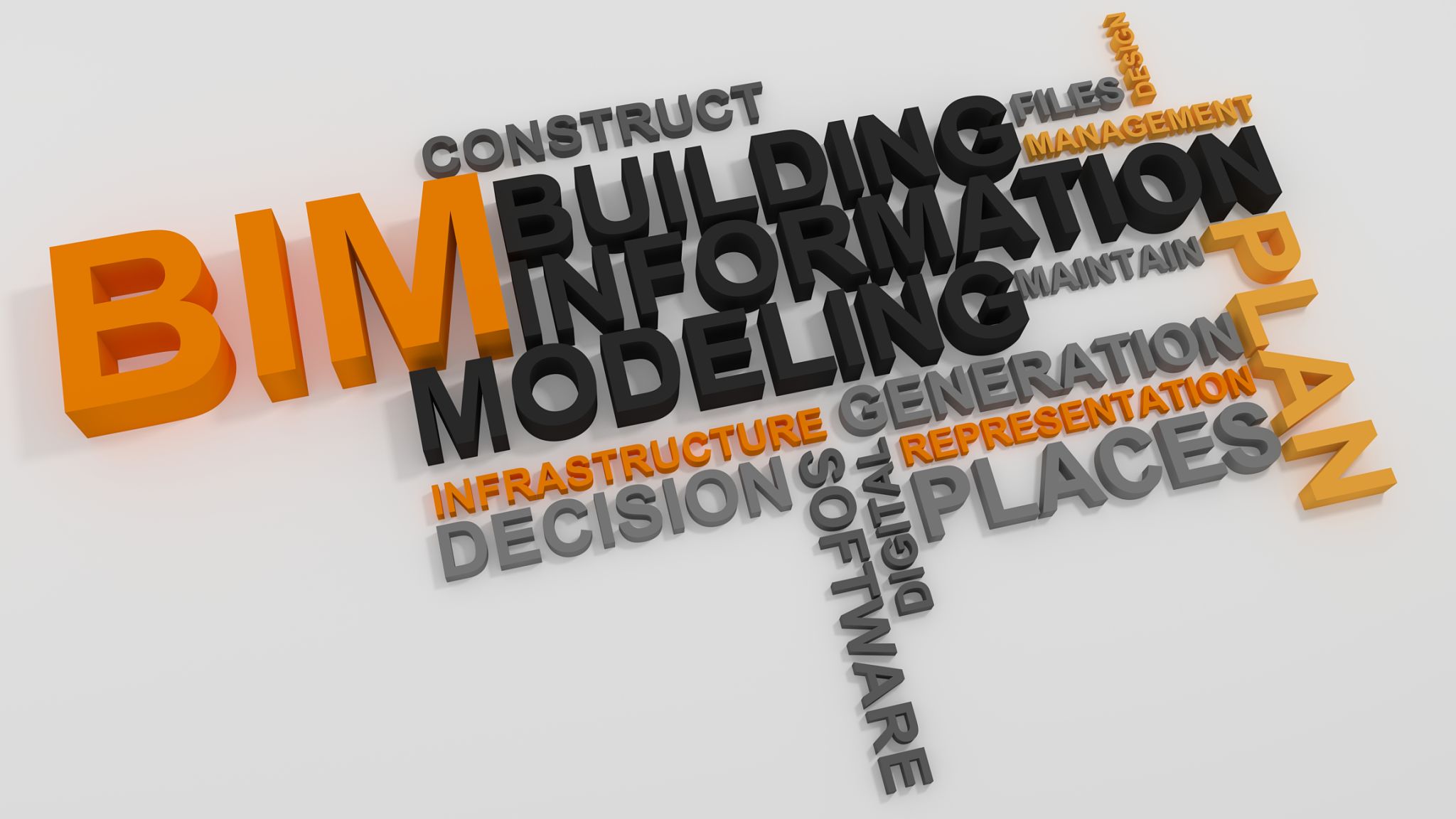Understanding the Future of Construction: Trends in Workflow Automation
Introduction to Workflow Automation in Construction
The construction industry is evolving rapidly, and one of the most significant advancements is the integration of workflow automation. This transformative approach is reshaping how projects are executed, improving efficiency, reducing costs, and enhancing overall productivity. As we delve into the future of construction, understanding these trends in workflow automation is crucial for staying competitive.
Workflow automation involves using technology to streamline processes, reduce manual intervention, and optimize resource allocation. By digitizing repetitive tasks, construction firms can focus more on strategic planning and execution. This shift not only enhances project management but also drives innovation within the industry.

The Role of Artificial Intelligence
Artificial Intelligence (AI) is at the forefront of workflow automation in construction. AI systems can analyze vast amounts of data more efficiently than humans, identifying patterns and making predictions that inform decision-making. For example, AI can be used to forecast potential project delays or cost overruns, allowing teams to mitigate risks proactively.
AI-powered tools also enable predictive maintenance of equipment, reducing downtime and extending machinery lifespan. By anticipating when a piece of equipment might fail, construction companies can schedule maintenance at optimal times, thereby avoiding unexpected disruptions.
Embracing Building Information Modeling (BIM)
Building Information Modeling (BIM) is another pivotal aspect of workflow automation in construction. BIM provides a digital representation of the physical and functional characteristics of a building, allowing for enhanced collaboration among stakeholders. This technology facilitates the sharing of information in real-time, reducing errors and ensuring everyone involved is on the same page.
With BIM, project managers can visualize each phase of the construction process before it begins, ensuring better planning and execution. The integration of BIM with other automated systems further streamlines workflows by enabling seamless data exchange and collaboration.

Leveraging Robotics for Automation
Robotics is playing an increasingly important role in automating construction workflows. Drones and autonomous vehicles are being used for site surveys, inspections, and even material transportation. These technologies not only enhance safety by reducing human involvement in hazardous tasks but also improve accuracy and efficiency.
Robotic systems can perform repetitive tasks, such as bricklaying or concrete pouring, with precision and speed that surpass human capabilities. As robotics technology advances, its adoption in construction will continue to rise, further revolutionizing how projects are executed.
The Impact on Workforce Dynamics
As workflow automation becomes more prevalent, the construction workforce is also undergoing a transformation. While some fear job loss due to automation, there is a growing demand for skilled workers who can operate and maintain these advanced systems. The focus is shifting from manual labor to technical expertise.
Training programs are essential to equip workers with new skills required in this automated environment. By investing in education and training, construction companies can ensure their workforce remains relevant and capable of leveraging modern technologies effectively.

Conclusion: Preparing for the Future
The future of construction lies in embracing workflow automation and the technologies that drive it. Companies that adopt these advancements will not only improve their operational efficiency but also gain a competitive edge in an ever-evolving industry. By staying informed about these trends and investing in the right tools and training, construction firms can position themselves for success in the years to come.
As we move forward, it will be essential for industry leaders to foster a culture of innovation and adaptability, ensuring that their teams are prepared to meet the challenges and opportunities presented by automation. The transformation may be complex, but the benefits it offers are well worth the effort.
